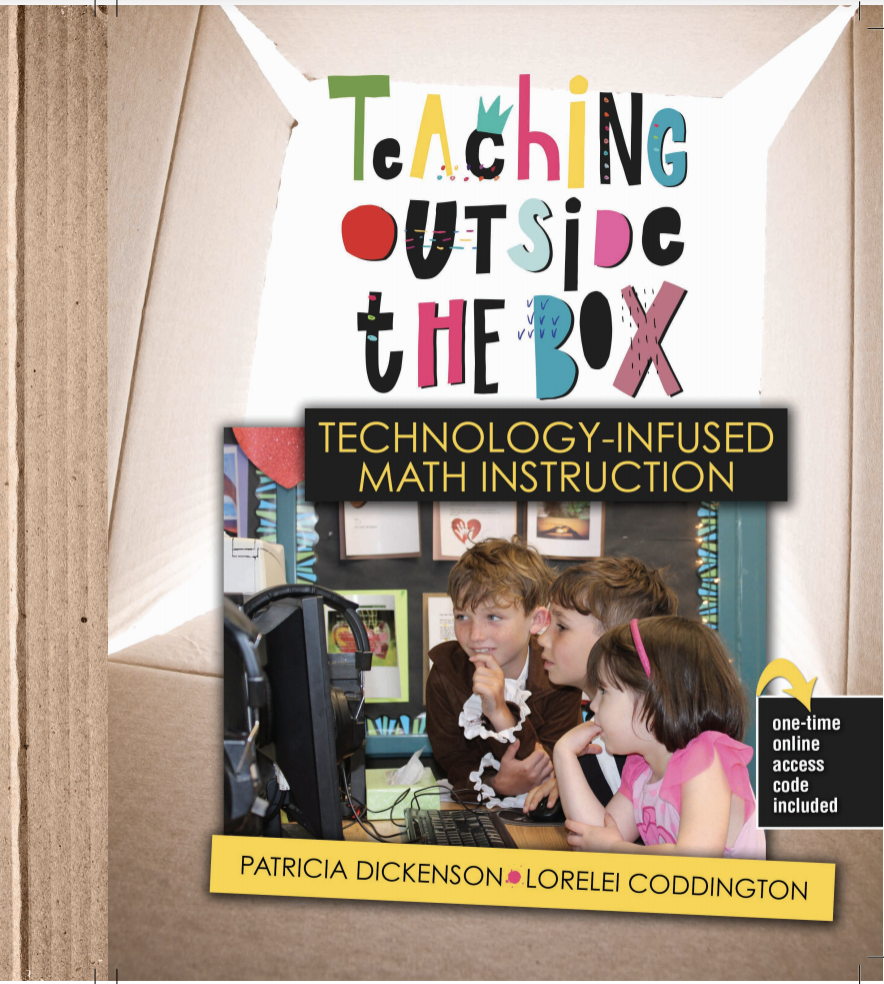3 Reasons to Use Virtual Manipulatives in 3 Easy Steps
Manipulatives come in all shapes and sizes, from base ten blocks that support number sense concepts to geometric shapes that dispel the myth of a solid being flat. We love manipulatives because it provides students with the tools to make sense of math concepts and model with mathematics in an intuitive way. What we don't love about manipulatives is they get lost, need to be organized, we may not have enough, and perhaps they are being used for something other than what we intended.
Virtual Manipulatives can become somewhat of a panacea to the woes of tactile manipulatives. There is plenty for everyone, no need to organize and you won't see one being thrown across the room or lost in a student's backpack. Virtual manipulatives also may include a mat to organize students placement and self-checking features to give students instant feedback.
Oh yes~whether their real or virtual, manipulatives should and must be a part of instruction and this belief is echoed in the Standards for Mathematics Practice which informs teachers on how to teach math, and explicitly states students should "Model with Mathematics"
Beyond the drag and drop attraction of virtual manipulatives (VM) students really get into the flow of learning with virtual manipulatives. Perhaps for the same reasons as to why kids love to play video games, virtual manipulatives have some of the same appeal: competence, autonomy, and relatedness.
Competence: When students use VM tools they get instant feedback and have the capacity to keep trying until they achieve mastery.
Autonomy: When students work with virtual manipulatives they have the control over what they use and how they use them. They don't need to share, and they are free to make mistakes without someone telling them it' wrong and why. They may get feedback but it's not a real person!
Relatedness: Virtual manipulatives have some of the same features as videogames with choice in tools and how they use them. They sometimes get points and rewards just like videogames do too!
Teaching with VM is very similar to how you would use real-life manipulatives. Here are my quick three steps:
1. First, plan how you will have your students use the VM and what you will have them do with them. Some tools provide problems for students to solve others will not. If problems are not provided create a worksheet that students can record their response. If problems are provided have students transfer the skills and ideas they are learning about with VM into the procedures and processes they are using without VM. This might include either recording the problem and solution or writing out the steps to solve with VM. If students receive a score at the end of play have them record so they can track their progress over time (growth mindset).
2. Second, you model with the students the way the tools can be used and what each of the tools represent. Not all VM tools are created equally and you will need to explain and demonstrate how to use the tools. Solve a few problems and demonstrate with your students before they work independently,
3. Check in on students and determine misconceptions and areas for support. After you set them free walk around the room and help troubleshoot then bring everyone back together to address misconceptions and share out how students are using VM.
Okay so now you want to know what VM I recommend. Here we go:
National Library of Virtual Manipulatives: create a worksheet of problems to solve. Go deeper with concepts in visual form; I love the equivalent fractions tools.
National Council of Teaching Mathematics Illuminations has a variety of tools across k-12 span. The algebra tiles tool is my favorite to build equations and solve.
Glenco Math Tools: these tools are fun and provide much space for students to explore, create and craft situations around math in the real work.
Got a Virtual Manipulative tool to share or way to use it that has captured your students attention please LEAVE A COMMENT!














Nice to be visiting your blog once more, has been months for me. Well this article that i've been waited for therefore long. i want this article to finish my assignment within the faculty, and it has same topic together with your article. Thanks, nice share. Gabriel Health Institute
ReplyDelete